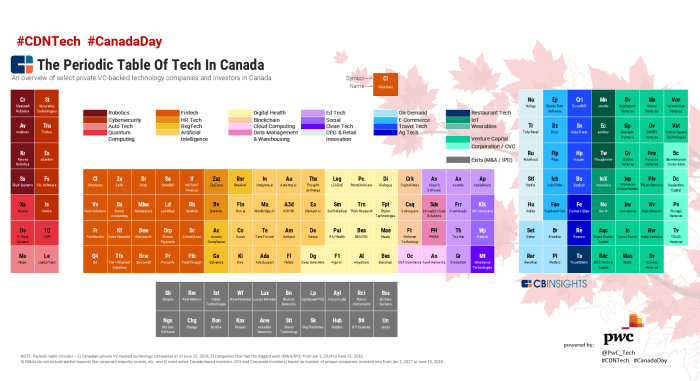The Periodic Table of Elements Webquest embarks on a captivating journey into the enigmatic world of chemistry, where the fundamental building blocks of the universe are unveiled. This interactive exploration delves into the history, organization, trends, and practical applications of the periodic table, providing a comprehensive understanding of the elements that shape our world.
The periodic table serves as a roadmap to the elements, organizing them based on their atomic number, electron configuration, and chemical properties. It reveals fascinating patterns and relationships that govern the behavior of matter, enabling scientists to predict and understand chemical reactions.
Overview of the Periodic Table
The periodic table is a tabular arrangement of the chemical elements, organized on the basis of their atomic number, electron configuration, and recurring chemical properties. It is generally accepted that the modern periodic table was first published by Dmitri Mendeleev in 1869, although several other scientists had developed similar tables prior to this.
The periodic table is organized into 18 vertical columns, called groups, and 7 horizontal rows, called periods. The groups are numbered 1-18 from left to right, and the periods are numbered 1-7 from top to bottom. Elements in the same group have similar chemical properties, while elements in the same period have similar atomic radii and ionization energies.
Groups
The groups are numbered 1-18 from left to right. The elements in each group have the same number of valence electrons, which are the electrons in the outermost shell of the atom. Valence electrons are responsible for chemical bonding, so elements in the same group tend to have similar chemical properties.
Periods
The periods are numbered 1-7 from top to bottom. The elements in each period have the same number of electron shells. The number of electron shells increases as you go down the table, so the elements in the lower periods are larger and more reactive than the elements in the upper periods.
Blocks
The periodic table can also be divided into four blocks: s-block, p-block, d-block, and f-block. The s-block and p-block elements are located in the main groups, while the d-block and f-block elements are located in the transition metals and inner transition metals, respectively.
Elements and Their Properties

The periodic table contains 118 known elements, each with its own unique atomic number, symbol, name, and properties. The atomic number of an element is the number of protons in its nucleus, and it determines the element’s position on the periodic table.
The symbol of an element is a one- or two-letter abbreviation that represents the element’s name. The name of an element is a unique identifier that is given to the element by the International Union of Pure and Applied Chemistry (IUPAC).
The properties of an element are determined by its atomic number and electron configuration. The atomic number of an element determines the number of protons and electrons in the atom, while the electron configuration determines the arrangement of the electrons in the atom’s orbitals.
The properties of an element can be divided into two categories: physical properties and chemical properties.
Physical Properties, Periodic table of elements webquest
The physical properties of an element are those properties that can be observed without changing the element’s chemical composition. These properties include the element’s state of matter, density, melting point, boiling point, and electrical conductivity.
Chemical Properties
The chemical properties of an element are those properties that describe how the element reacts with other elements. These properties include the element’s reactivity, oxidation state, and electronegativity.
FAQ Insights: Periodic Table Of Elements Webquest
What is the purpose of the periodic table?
The periodic table is a tool used to organize and classify the chemical elements based on their properties and atomic structure.
How is the periodic table organized?
The periodic table is organized into 18 vertical columns, called groups, and 7 horizontal rows, called periods.
What information can be found on the periodic table?
The periodic table provides information about each element’s atomic number, symbol, name, atomic mass, and chemical properties.